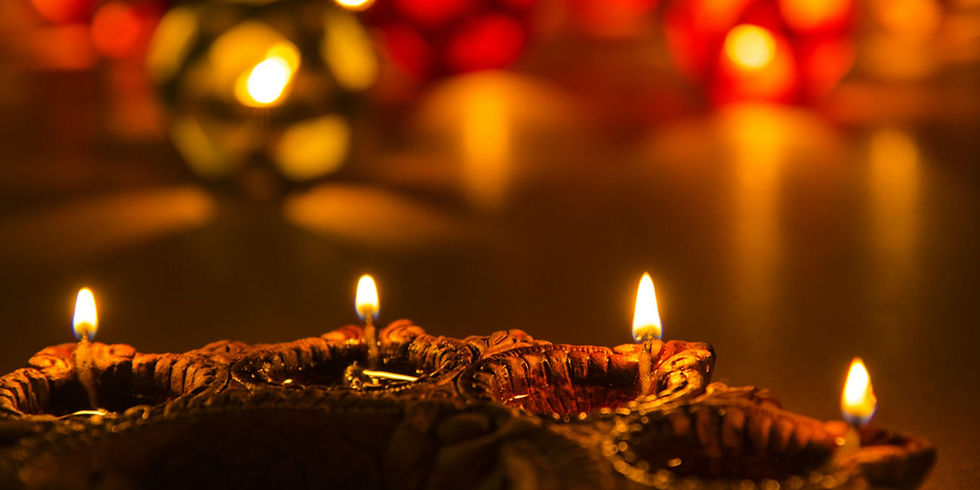Diwali and the significance of Saffron in Indian Culture

The Festival of Lights, Diwali is celebrated all around the world and is one of the most significant festivals in the Indian culture. The festival is celebrated for a variety of reasons although the main theme which runs throughout is the triumph of light over darkness or good over evil.
To celebrate, houses are decorated with candles and colorful lights and huge firework displays are held while families feast and share gifts. Diwali is a 5 day festival of lights which coincides with the Hindu New Year and celebrates new beginnings. The actual Diwali day is celebrated on the third day of the festival.
The food most closely associated with this festival is Indian sweets which come in an array of colors and flavors. In India, colors assume a critical part in societies, demonstrating significance that rise above just decorative values. A color that symbolizes all parts of Hinduism is Saffron, the color of Agni or Fire. The flame burns away the darkness and brings light and is symbolic of knowledge burning ignorance.
Here is a recipe for a traditional Indian sweet that is prepared with Saffron and is prepared during the Diwali festival.
Kesar Peda or Indian Milk Fudge :

Ingredients:
2 cups dry milk powder
1 cup heavy cream
1/2 cup sugar
1/4 teaspoon crushed cardamom
Few strands of saffron
1 tablespoon milk to soak the saffron
1 tablespoon sliced pistachios for garnishing
Method
Soak the saffron strand in warm milk. Set aside.
Heat the frying pan on low heat, I like to use heavy bottom nonstick pan. Add cream and milk powder. Mix it well. Mix will start getting soft consistency of thick batter as it gets warm.
Cook mixture on low medium heat stirring continuously until mixture becomes lumpy like soft dough. This should take about 12-15 minutes. Add saffron and cardamom mix it well and cook for 2-3 more minutes until it is consistency of soft dough. Turn off the heat. Now this is known as khoya.
Transfer the khoya into a bowl and let it cool off until khoya becomes lukewarm.
Add the sugar into the khoya and knead it for about a minute until everything blends together and become soft dough. Note: if you mix the sugar while khoya is hot that will make khoya soft and will not able to make peda.
Divide the mix into 20 equal parts or more, less depends the size you prefer. Make them into ball rolling between your palms. Make a dent into the peda.
Garnish them with pistachios.
Finish peda consistency should be little grainy.









